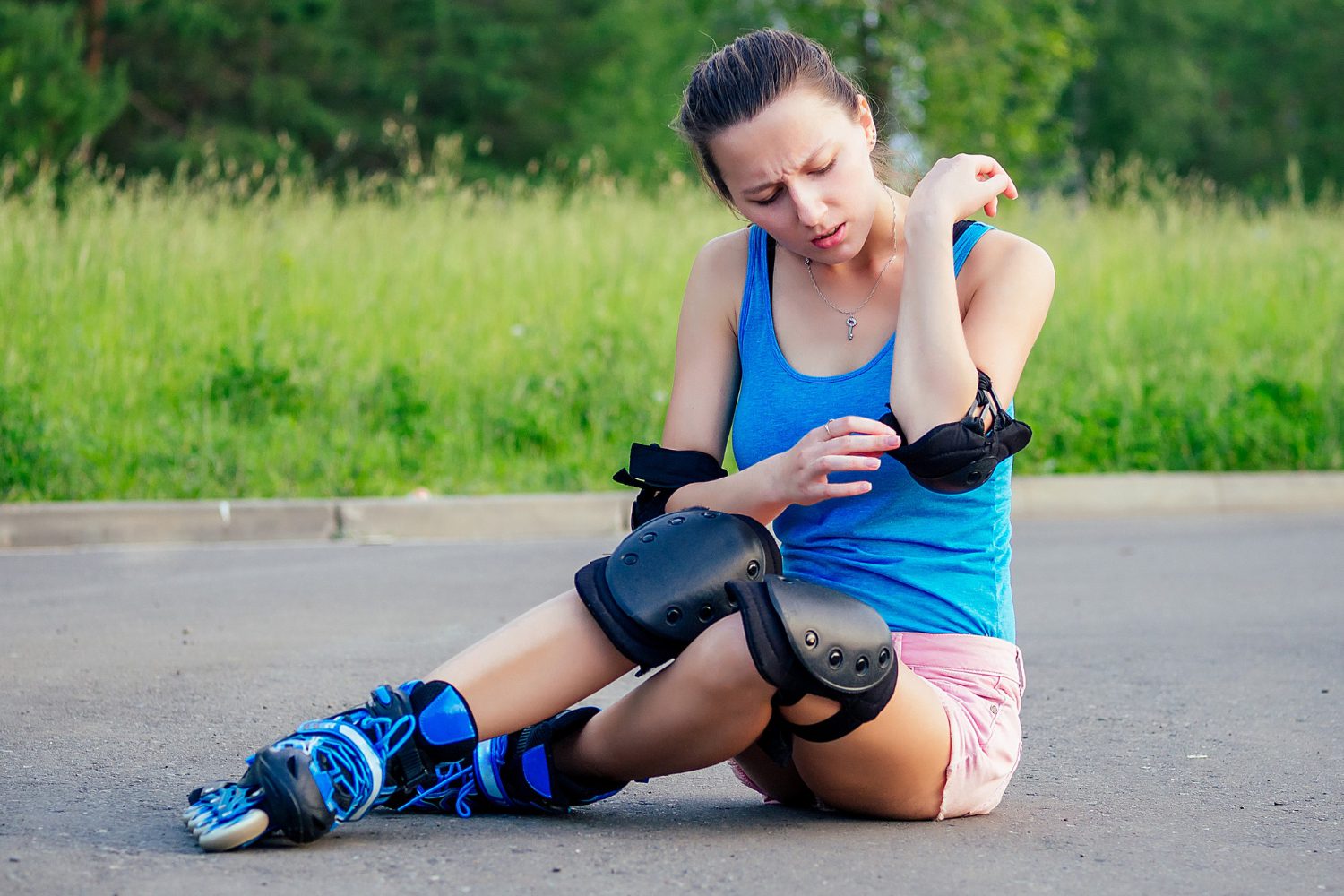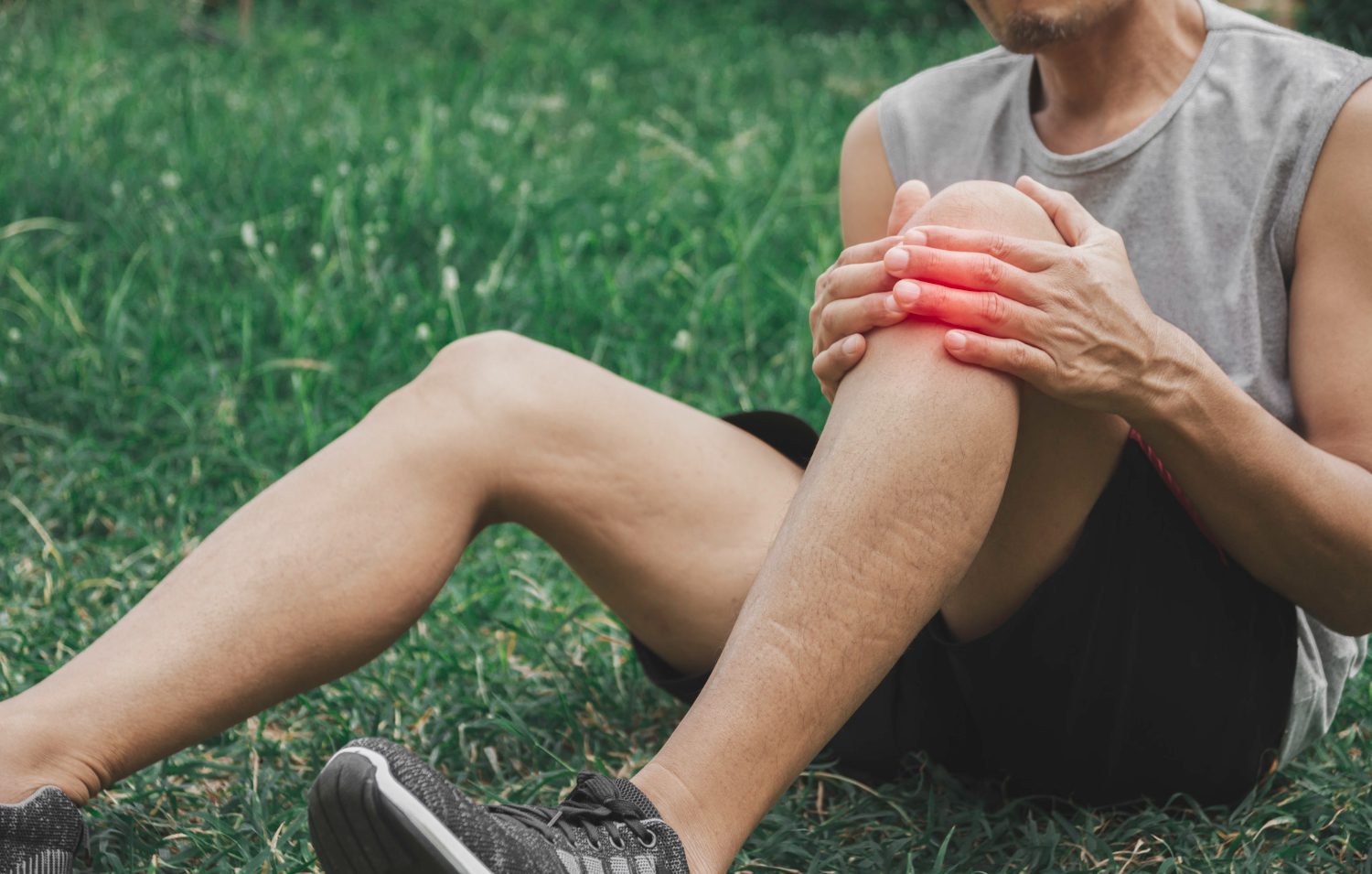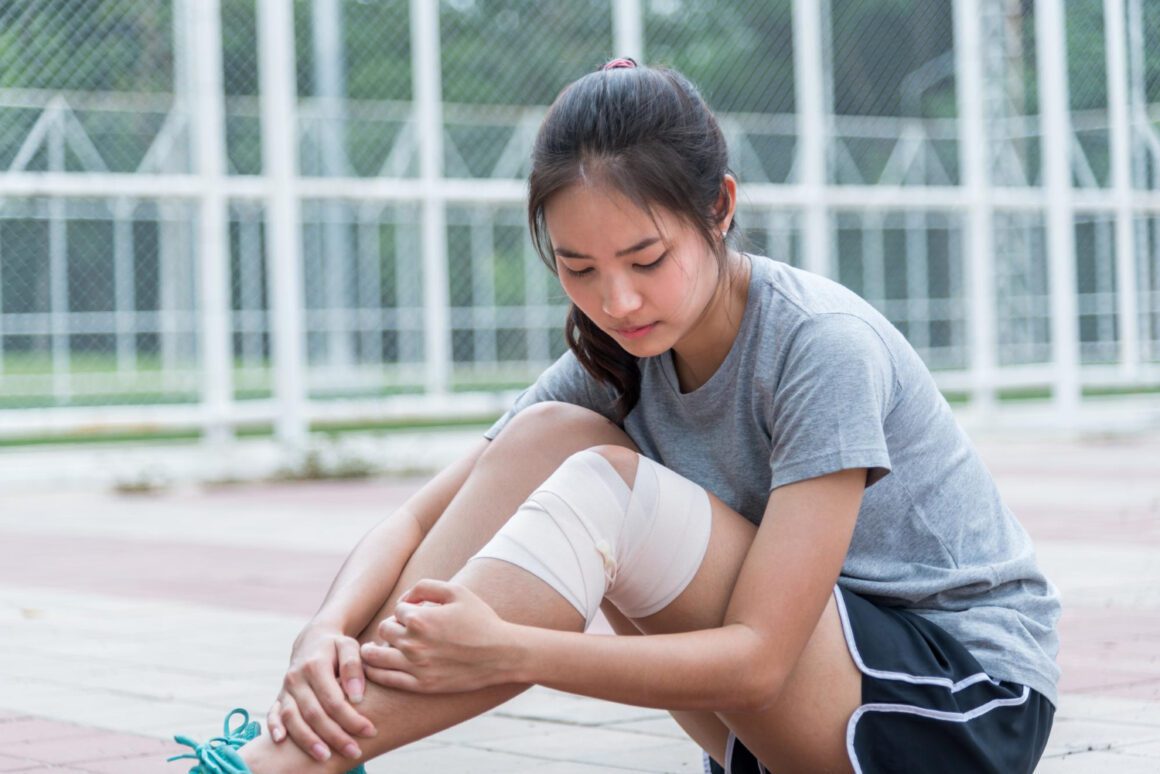Table of Contents Show
✍️ AI is summarizing:
Outdoor exercise offers a multitude of benefits, but it’s essential to be aware of potential injuries that can occur. By understanding common injuries in outdoor activities and taking preventive measures, you can enjoy outdoor activities while minimizing the risk of harm. Let’s explore some typical injuries and strategies for prevention.
Related post:
- Discovering Danang – the modern picturesque coastline in Vietnam
- Unveiling Son Tra Danang: Discovering the hidden gem peninsula
- 10 Camping Safety Tips to Enjoy Eco-Friendly Campfire
Sprains and Strains – the common injuries in outdoor activities
Sprains, which involve ligament damage, and strains, which affect muscles or tendons, are common during activities like running, hiking, or sports. To prevent these common injuries in outdoor activities, it’s crucial to warm up properly before exercise, as it prepares your muscles and joints for activity.
Additionally, maintaining good form and technique while exercising and gradually increasing the intensity and duration of your workouts can reduce the risk of sprains and strains. Wearing appropriate footwear that provides support and stability is also essential.
Ankle Injuries
Ankle sprains frequently occur during outdoor activities that involve uneven terrain, such as trail running or hiking. To prevent ankle injuries, choose sturdy and supportive footwear that fits well. Pay attention to your footing, especially on uneven surfaces, and exercise caution when navigating challenging terrains.

Using ankle braces or taping can provide additional stability and reduce the risk of sprains. Strengthening the muscles around the ankle through exercises like calf raises and balance training can also help prevent injuries.
Sunburn and Heat-related Illnesses
Spending time outdoors exposes you to the risk of sunburn and heat-related illnesses like heat exhaustion or heatstroke. To protect yourself, apply sunscreen with a high SPF before heading outside and wear protective clothing that covers exposed skin.
It’s important to stay hydrated by drinking plenty of fluids, especially water, and avoiding exercising during the hottest times of the day. Take regular breaks in shaded areas to allow your body to cool down. If you experience symptoms such as dizziness, nausea, or confusion, seek shade and rehydrate immediately.
Overuse Injuries – one of common injuries in outdoor activities

Overuse injuries occur when a specific body part is subjected to repetitive stress without adequate rest and recovery. Common examples include tendinitis or stress fractures. To prevent overuse injuries, it’s important to gradually increase the intensity and duration of your workouts, allowing your body time to adapt and recover.
Incorporating rest days into your training schedule is crucial for allowing your muscles and joints to heal. Listen to your body’s signals of pain or fatigue and adjust your exercise routine accordingly. Varying your activities can help distribute the load across different muscle groups and prevent overuse injuries.
Insect Bites and Stings
Outdoor exercise exposes you to insects like mosquitoes, ticks, or bees, which can cause bites or stings. To prevent these injuries, wear appropriate clothing that covers exposed skin, especially in areas known for high insect activity. Use insect repellents as directed and avoid exercising near stagnant water or dense vegetation. After outdoor activities, check your body for ticks and promptly remove them if found. If you have known allergies to insect bites or stings, ensure you carry necessary medications or epinephrine auto-injectors.
Dehydration: Outdoor exercise, particularly in hot weather, can lead to dehydration if you don’t consume enough fluids. To prevent dehydration, drink water before, during, and after your workouts. Carry a water bottle with you and sip regularly, even if you don’t feel excessively thirsty. Monitor your urine colour; a pale yellow colour indicates proper hydration. If exercising for an extended period or in extreme heat, consider electrolyte-replenishing drinks to maintain the body’s fluid balance.
Falls and Traumatic Injuries

Activities like cycling, trail running or rock climbing carry a risk of falls and traumatic injuries. To prevent these injuries, always wear appropriate safety equipment such as helmets, knee pads, or harnesses.
Follow safety guidelines and receive proper training before attempting more challenging activities. Be cautious of your surroundings, maintain focus, and avoid distractions while exercising. Regularly inspect your equipment for any signs of wear or damage.
Conclusion
By being mindful of these common injuries in outdoor activities and implementing preventive measures, you can enjoy the benefits of outdoor exercise while reducing the risk of harm.
Remember to listen to your body, respect your limits, and seek medical attention if you experience severe pain or suspect a significant injury. Stay active, stay safe, and embrace the joy of outdoor exercise! And don’t forget to follow our social media channels for more exciting information.












